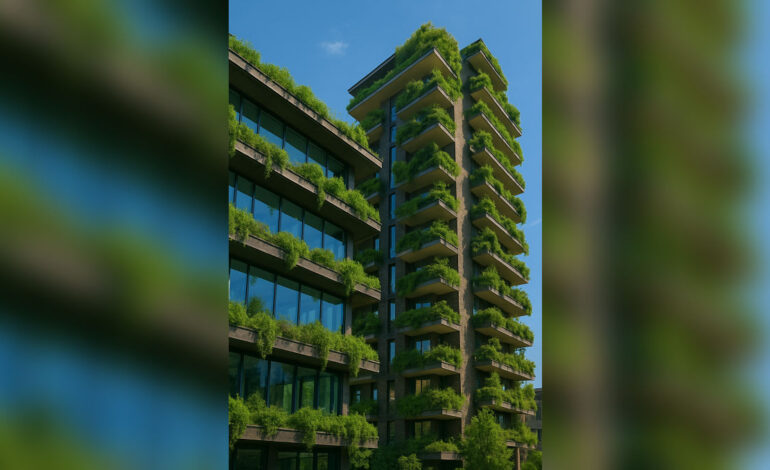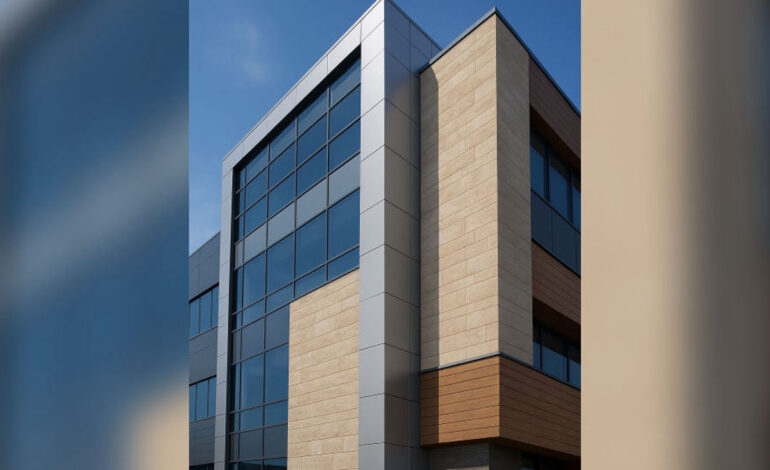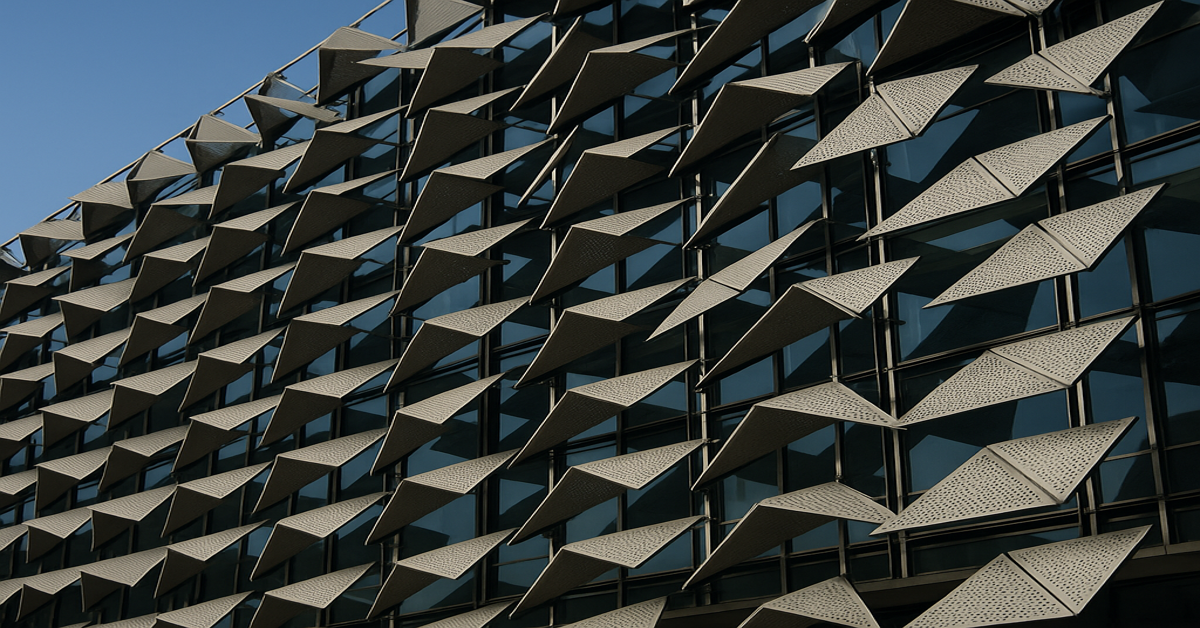Biophilic Design Buildings: Bringing Nature Into Modern Architecture

As urban areas grow denser and taller, the need to reconnect with nature becomes more important than ever. Biophilic design buildings offer a thoughtful, modern solution by weaving natural elements into the fabric of architectural design. These buildings go beyond concrete and steel — they breathe, grow, and respond to the environment.
What is Biophilic Design?
Biophilic design is an architectural approach that emphasizes our innate connection with nature. It involves incorporating natural light, ventilation, greenery, water elements, and organic materials into buildings — not just for beauty, but for physical and mental well-being.
Rather than treating nature as something separate from architecture, biophilic buildings embrace nature as a core component of design.
How Biophilic Buildings Stand Out
Unlike conventional buildings, biophilic structures are designed to promote harmony between people and their surroundings. Key features include:
- 🌿 Living Walls & Green Roofs
Walls and rooftops covered in live plants not only purify air but also reduce indoor temperatures. - ☀️ Natural Daylight and Airflow
Large windows, open courtyards, and skylights allow sunlight and fresh air to flow throughout the space. - 🌊 Water Features
Small fountains, ponds, or indoor waterfalls help reduce stress and enhance relaxation. - 🪵 Natural Materials
Use of wood, bamboo, clay, and stone adds warmth, texture, and a grounded feeling to interiors. - 🌳 Outdoor Views & Indoor Gardens
Strategic placement of windows and indoor plant zones keeps occupants visually and emotionally connected to nature.
Why Biophilic Design Matters
Today’s cities face high levels of pollution, noise, and stress. Biophilic buildings aim to restore balance and improve quality of life. Here’s how:
- Reduces stress and anxiety
Enhances creativity and productivity - Improves indoor air quality
- Supports better sleep and focus
- Promotes environmental sustainability
Real-World Examples
- Bosco Verticale, Milan – Twin residential towers covered with thousands of plants and trees.
- Jewel Changi Airport, Singapore – A glass dome featuring a lush indoor forest and waterfall.
- The Amazon Spheres, Seattle – Glass biomes filled with over 40,000 plants, designed as workspace for Amazon employees.
These buildings don’t just look good — they feel alive.
The Future of Urban Living
As the world becomes more urbanized, the future of architecture depends on designs that prioritize well-being, sustainability, and natural balance. Biophilic buildings are no longer an option — they are becoming the new standard.
Whether it’s a school, office, hospital, or home, adding elements of nature helps people thrive.
Final Thoughts
Biophilic design buildings are transforming the way we live, work, and build. They remind us that even in the busiest cities, nature can still be part of our everyday lives — not just outside the building, but within its walls.



